Exploring the most dangers places with diverse risks from nature and human factors.

The world hosts a variety of locations notorious for their dangers, ranging from natural hazards like extreme weather and wildlife to human-related risks such as conflict zones and high crime rates. Understanding why these places pose significant threats helps travelers make informed decisions. Awareness of local conditions, careful preparation, and respect for safety guidelines are essential to navigate these areas responsibly and minimize the risk of fatality during visits.
1. The Chernobyl Exclusion Zone remains one of the most radioactive places.
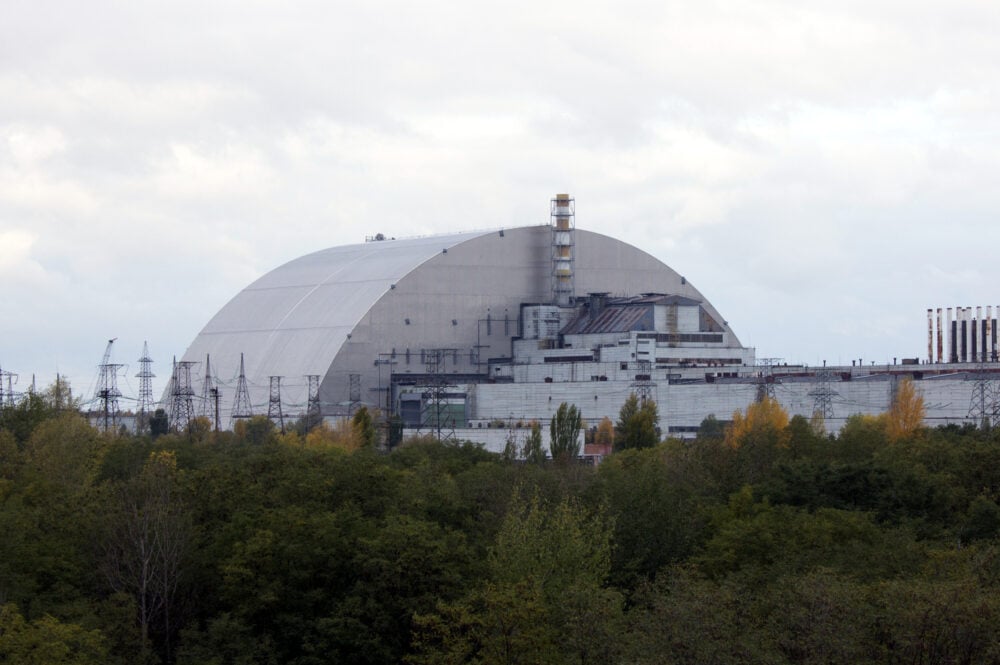
The Chernobyl Exclusion Zone is a stark reminder of the 1986 nuclear disaster. Its desolate landscapes, abandoned buildings, and high radiation levels create an eerie atmosphere. Radiation exposure remains risky for both plants and animals, with mutant species sometimes arising from altered genetics.
Visitors enter with strict oversight as nature slowly reclaims urban decay, creating a unique preserve over time. The zone’s danger isn’t permanent but depends on fluctuating radiation levels. While headlines emphasize risk, researchers seek insights on long-term ecological resilience through careful, controlled studies.
2. Mount Everest’s summit is notorious for deadly altitude and harsh conditions.
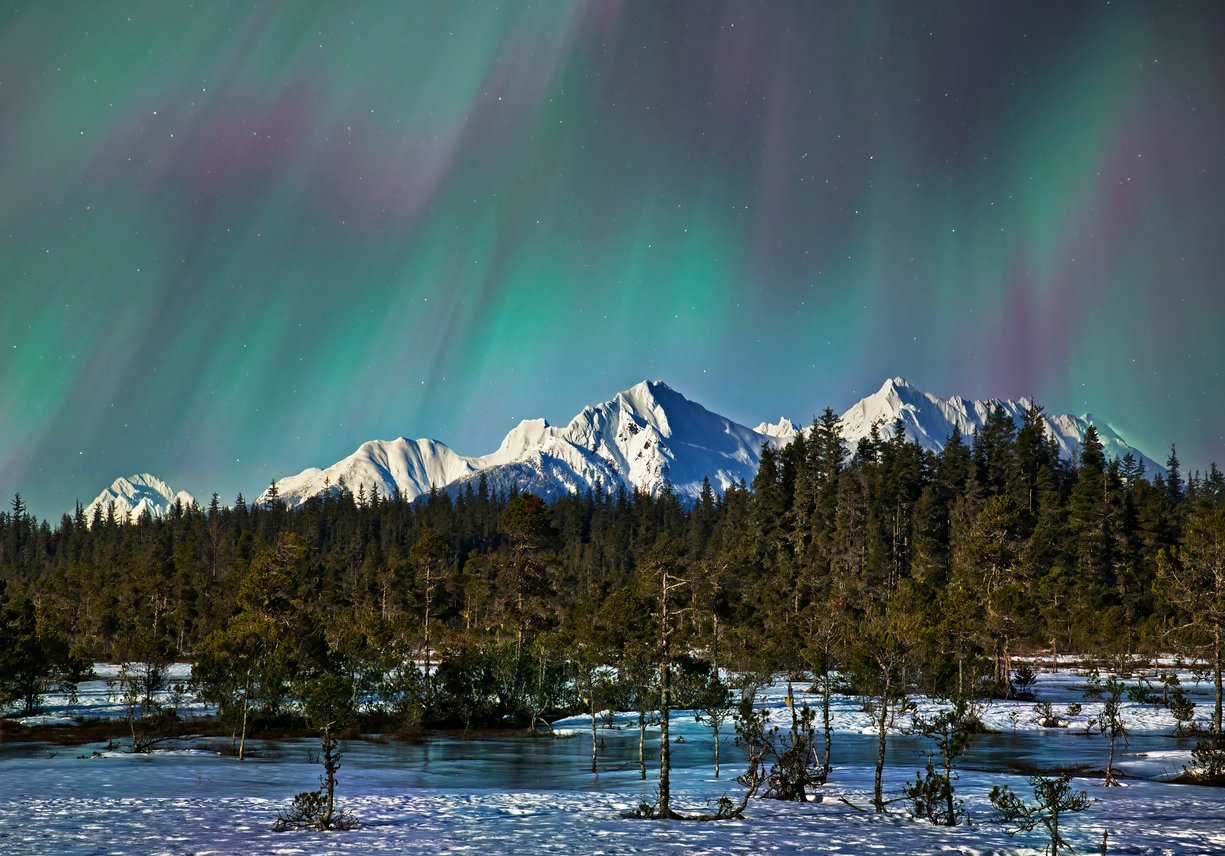
Mount Everest’s summit offers breathtaking views but demands a steep price in endurance and preparation. Thin air and frigid temperatures create an inhospitable environment even for experienced climbers. Every year, this majestic peak claims several lives due to unpredictable weather and sheer cliffs.
A trek to its summit requires facing hypoxia where oxygen levels drastically drop. Such extreme conditions highlight the unpredictable nature facing even well-prepared expeditions. Despite high-profile climbs each year, Everest’s allure is tempered by stories of climbers battling harsh elements and formidable heights.
3. The Danakil Depression is one of the hottest and most inhospitable places.
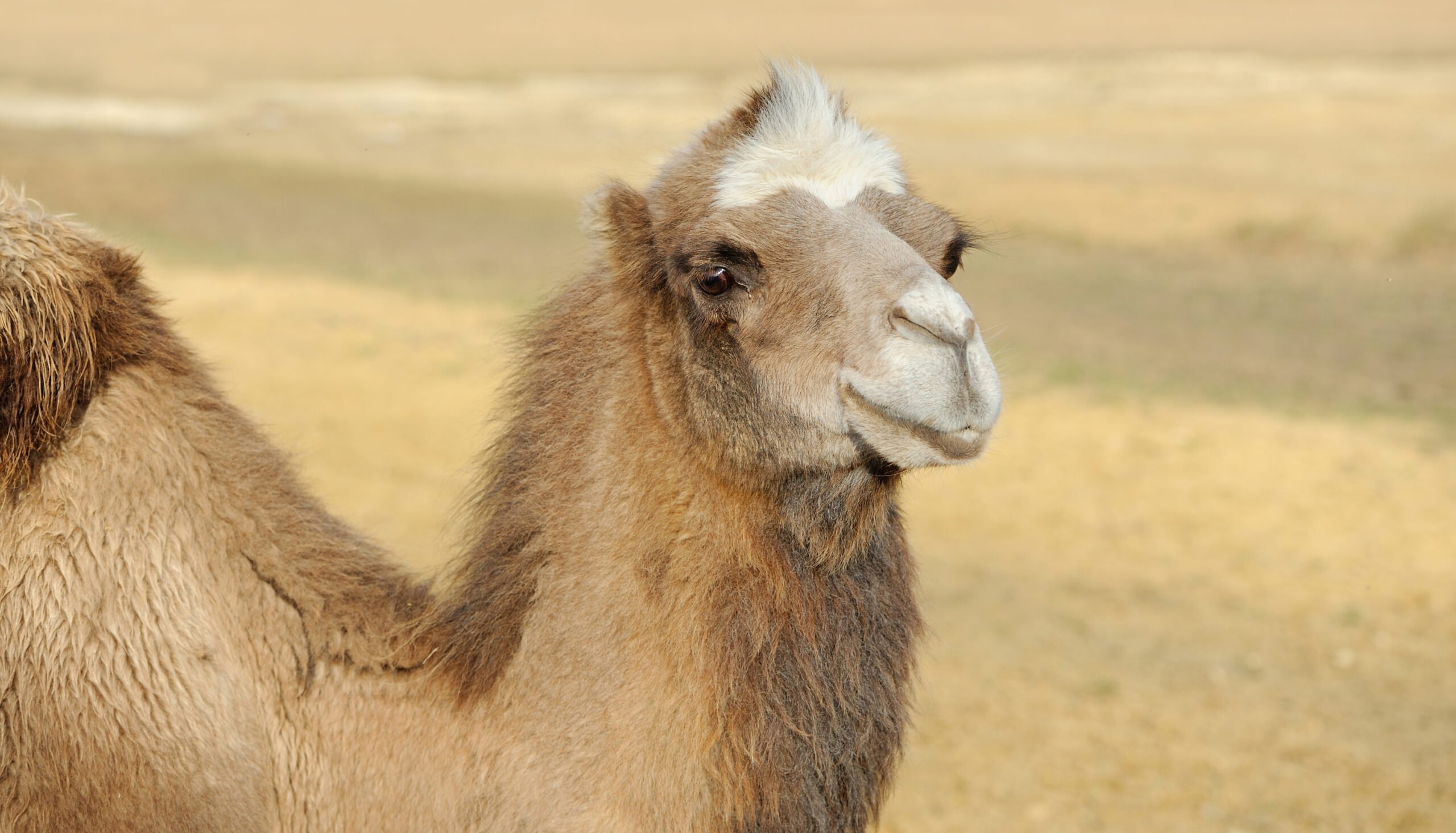
The Danakil Depression sits as one of Earth’s scorched crucibles. With temperatures soaring past 120 degrees Fahrenheit, this sun-drenched expanse epitomizes desolation. Salty crusts, bubbling lava lakes, and toxic sulfur pools mark its hazardous beauty within the Ethiopian landscape.
These otherworldly features aren’t confined to science fiction; they’re very real challenges. Its unique topography attracts scientists and tourists alike, seeking firsthand glimpses of an alien-like terrain. Yet, it demands careful preparation as intense heat and harsh conditions impose serious physical tolls.
4. Snake Island in Brazil holds a high concentration of venomous snakes.

Off the coast of Brazil, Snake Island intrigues with an unsettling reputation. Home to thousands of golden lancehead vipers, it is a remote land brimming with venom—a bite delivers rapid venom-related consequences. Proximity to these snakes poses an intrinsic human hazard on its shores.
Visiting is banned without specific scientific clearance due to its densely concentrated, aggressive snake population. Limited academic excursions uncover insights into predator niches in this isolated ecosystem. While headlines amplify its trepidation, Snake Island hosts secretive biodiversity that remains understudied but crucial within venom research.
5. Death Valley in California is infamous for extreme heat and dryness.
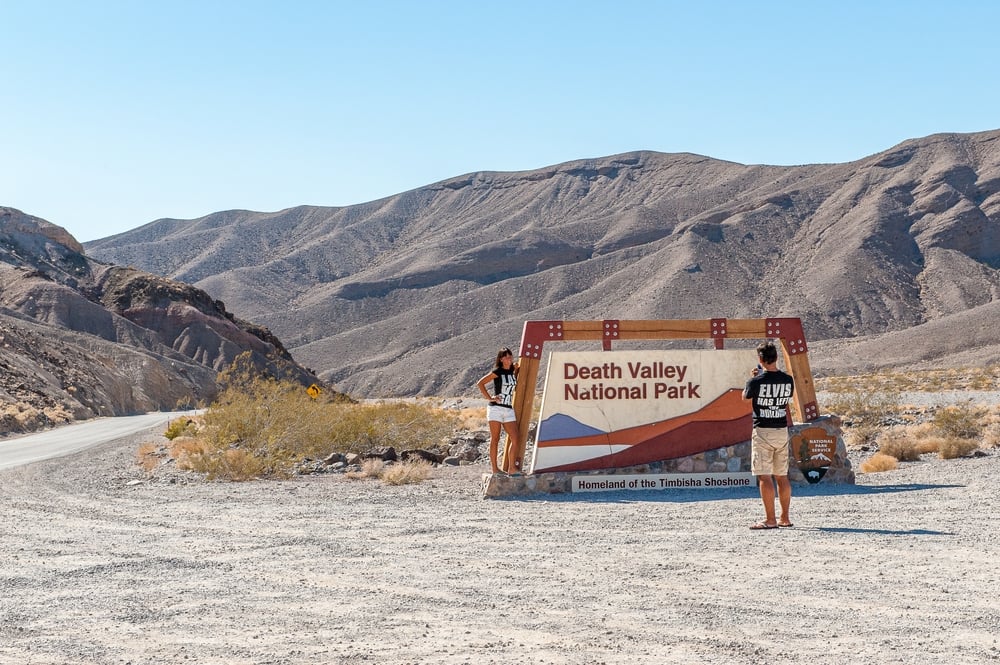
Death Valley captures extreme climatic contrasts in a foreboding embrace. With temperatures soaring above 130 degrees Fahrenheit, it ranks among the hottest places on Earth. Here, heat exhaustion looms, cautioning against underestimating nature’s severity amidst rugged sandstone and barren salt flats.
Such heat drains water sources, leaving human travelers and animal inhabitants vulnerable. Desiccated bones on cracked ground signal nature’s unforgiving edge, challenging physical limits. Like mirages in sands, its stark beauty remains daunting yet alluring, reminding visitors to tread carefully close to nature’s thermal frontier.
6. The Sahara Desert challenges travelers with vast heat and scarce water.
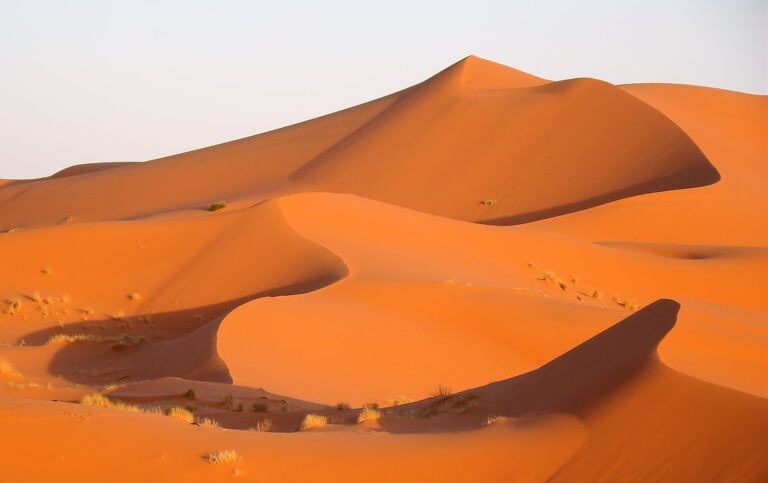
The Sahara Desert enthralls adventurers with its sweeping sand dunes and harsh realities. Spanning over 3.6 million square miles, it vastness conceals threats alongside beauty. Tripling temperatures and scarce water create sobering testaments to how life adapts in dire environments.
Nomadic cultures thrive in this challenging ecosystem through resourcefulness and adaptation. Travelers face dehydration and disorientation, underscored by sun-scorched days and freezing nights. Though it intimidates with size and breadth, lessons of survival peer beneath shifting sands—an ancient classroom where nature dictates both challenge and opportunity.
7. The Bermuda Triangle has long baffled with unexplained disappearances.
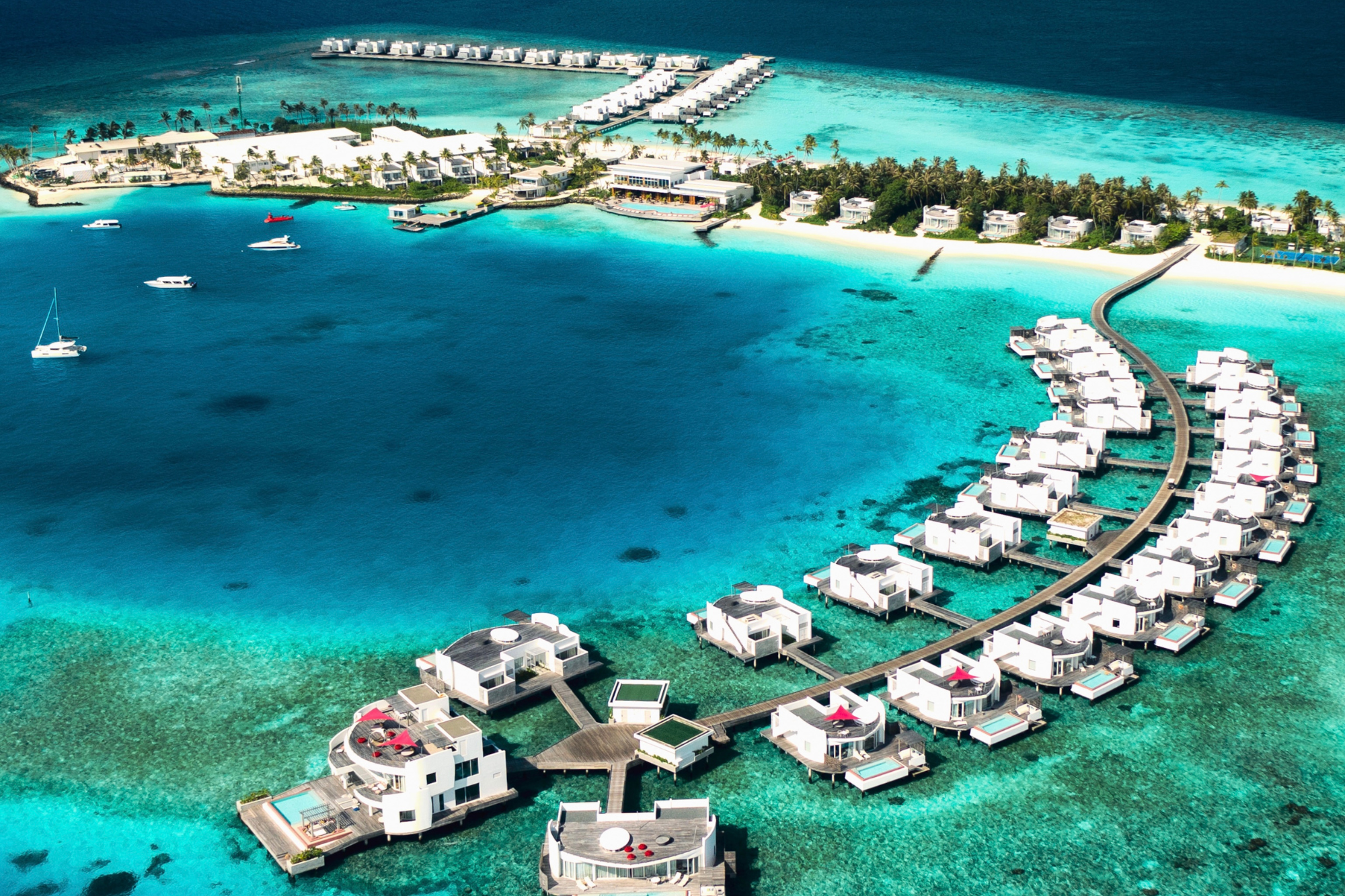
The Bermuda Triangle has prompted fascination and lore through a veil of enigmatic disappearances in the Atlantic. Ships and planes vanish, yet explanations remain elusive, sparking speculation. Mysterious magnetic anomalies and treacherous waters complicate navigation in this puzzling segment of ocean.
Some dismiss its peril with maritime oversight improving safety measures through enhanced technology. However, its legendary history fuels curiosity. While ample research unfolds into understanding atmospheric and oceanic conditions, attention to standard safety practices continues as unknowns stretch under waves.
8. The Amazon Rainforest houses dangerous wildlife and challenging terrain.
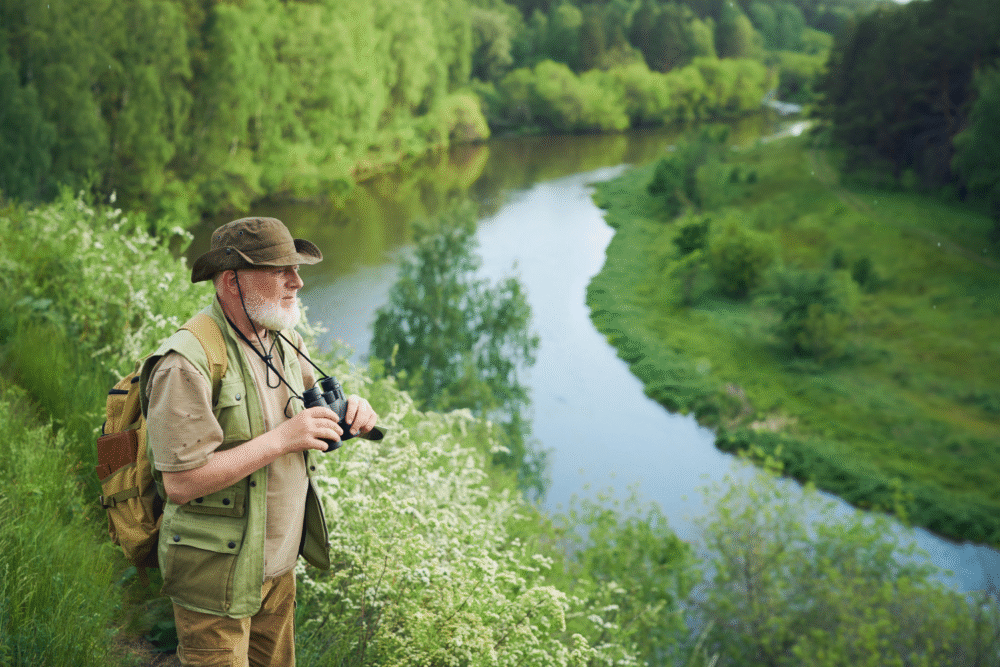
The Amazon Rainforest pulses with intertwined danger and wonder. This vast, vibrant ecosystem brims with biodiversity, where stealthy jaguars roam amid dense vegetation that challenges even seasoned explorers. Hidden perils lie in brick-red piranhas and serpentine anacondas claimed by hushed jungle lore.
Its thick canopy obstructs straightforward travel, demanding sharp navigation skills. Venomous insects swarm, introducing illness risk in intricate webs of endemic species. Despite dangers, Native tribes illustrate profound regional knowledge and symbiotic relationships forged through generations beneath its leafy tapestry.
9. Bear Grylls has highlighted Antarctica’s brutal cold and isolation dangers.

Bear Grylls illustrated Antarctica’s brutal reality amid polar silence and icy vistas. Temperatures plummet alongside unpredictable storms, creating a perilous environment for habitation and movement. Despite this, researchers venture here, probing climate patterns in these remote lands.
Treks hazard unwilling explorers with hidden crevasses and blinding snow drifts. Blistering winds compound isolation, trapping warmth to one’s body akin to an icy coda in nature’s orchestration. Yet, this unforgiving continent underpins seminal studies in environmental fortitude as Earth’s last great wilderness.
10. The Aokigahara Forest in Japan carries a haunting and perilous reputation.
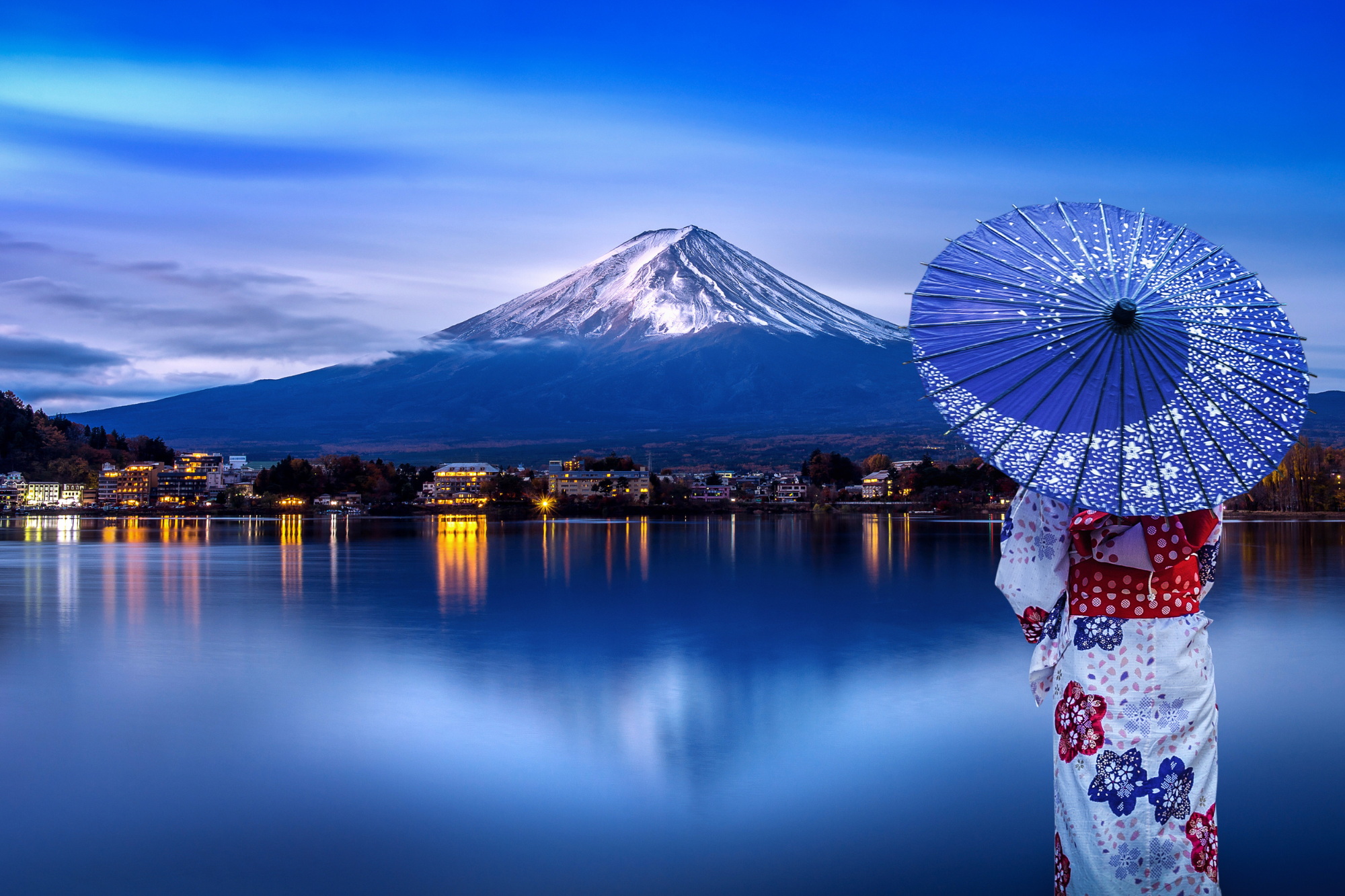
The Aokigahara Forest harbors a robust yet unsettling narrative within its dense foliage at Mount Fuji’s northwest. Known as the Sea of Trees, it’s a blend of beauty and melancholy. This labyrinth perplexes with frequent mental distress leading visitors off public paths.
Stark densities mask entrance to unforgiving landscapes, demanding heightened spatial awareness. Magnetic anomalies disrupt equipment—a forest so absorbing, it conceals as much as it showcases. Despite foreboding aspects, serene stretches prove nature’s mastery in holistic restoration, cloaking deeper narratives beyond leaves’ veneer.
